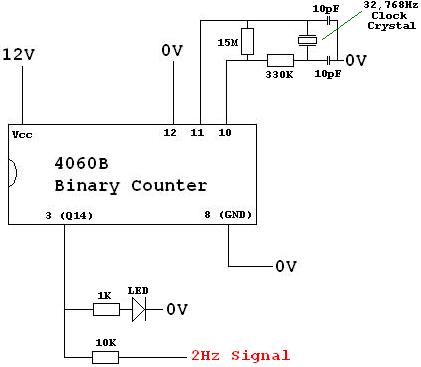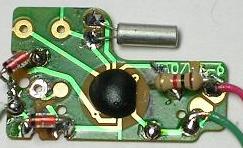We have previously published many articles about electronic timers – ranging from short interval timers using the common 555 IC, long interval (multi-hour) timers using a 4060B binary counter IC, and repeat timer circuits which use both. We have also looked at commercial 12V programmable timer switches, and how battery powered programmable thermostats can be modified to operate as (more affordable) equivalents.
In this article we will look into how an accurate timer can be put together which will keep good time for weeks or months at a time.
The Importance of Timer Accuracy
Timers built around the 555 IC are only accurate up to a few minutes – after about 20 minutes that they can become wildly inaccurate. Similarly, 4060B-based timers can lose or gain many minutes per day.
For many applications a far greater level of accuracy is required – for example, any timer which must turn a device on or off at exactly the same time every day for a fixed interval must be pretty accurate or the turn-on/off time will drift from day to day until it is completely wrong.
How do Clocks Keep Time
Even the cheapest watch or clock can keep time accurately to within a few seconds per 24 hours, so we should look at how they work. Within an electronic clock is a tiny quartz crystal which vibrates (resonates) in much the same way as a tuning fork – but at an incredible 32,768 times per second.

This frequency (32,768 Hertz) is chosen because it is equal to exactly 2x2x2…x2 (2^15) – and therefore it is easy to electronically divide the count by two 15 times to obtain a 1Hz signal (once per second) to trigger rotation of the seconds hand on the clock.
Making an Accurate Electronic Timer
Any electronic clock needs at least two main components – a quartz crystal and a counter. The counter simply counts the number of times the crystal has vibrated, and every time it reaches 32,768 it outputs a signal (indicating that one second has passed) and starts counting again from zero.
Since we have used the 4060B binary counter chip in previous experiments, we will use it again here. Unfortunately this counter (though easy to find, reliable, and cheap) can only count up to 2^14 (16,384), and so it will give a signal twice per second (2Hz) instead of once – not a major problem, but something to remember.

Above is shown a typical clock crystal 2Hz timebase circuit. This simple circuit emits a precise 2Hz signal which can then be used to keep accurate time. An LED is used to flash on and off – on for 0.25s, off for 0.25s and so on – to show that the circuit is working as it should.
Now we have a precision timebase, the rest of the timer can be put together simply – either using another binary counter to count the passing half seconds, or more likely, a small microprocessor (e.g. PIC) which will keep track of the passing seconds, minutes, hours, and days, and turn devices/components on and off as programmed by the user. Alternatively, the 2Hz signal can be used to trigger a small stepper motor to turn the seconds hand of a mechanical clock.
Precision One Second Timebase from a Quartz Clock

Putting together the 2Hz time base circuit described above is a little bit tricky – therefore, many people simply cannibalise the workings of a cheap quartz clock. Click here to read an excellent article:Instructions to get One Second Pulses from a Quartz Clock.
Buy a Timer
If you need an accurate timer for a particular application, email neil@reuk.co.uk with full details and we should be able to put something together for you. Prices start from around £14.99 for bespoke precision timers controlling a relay.